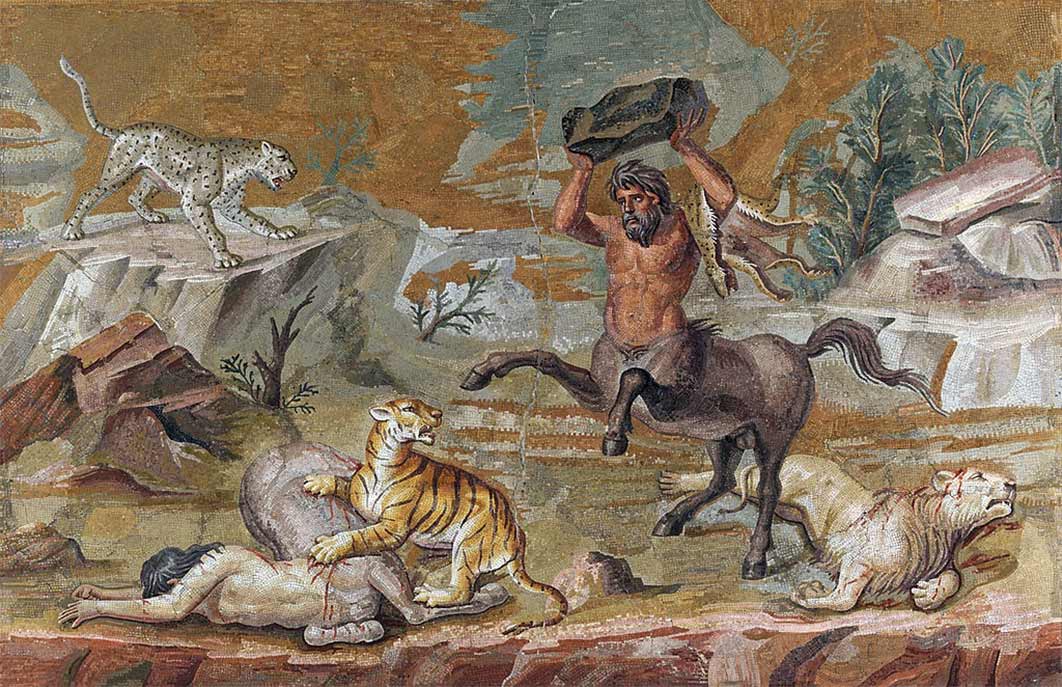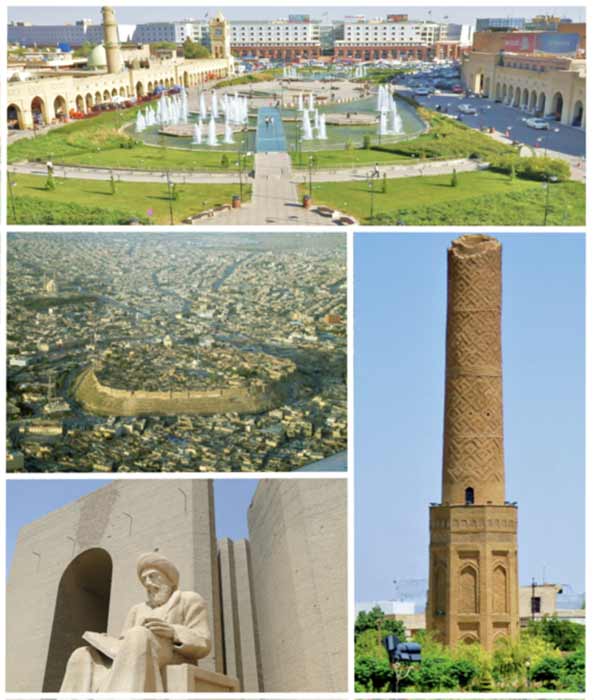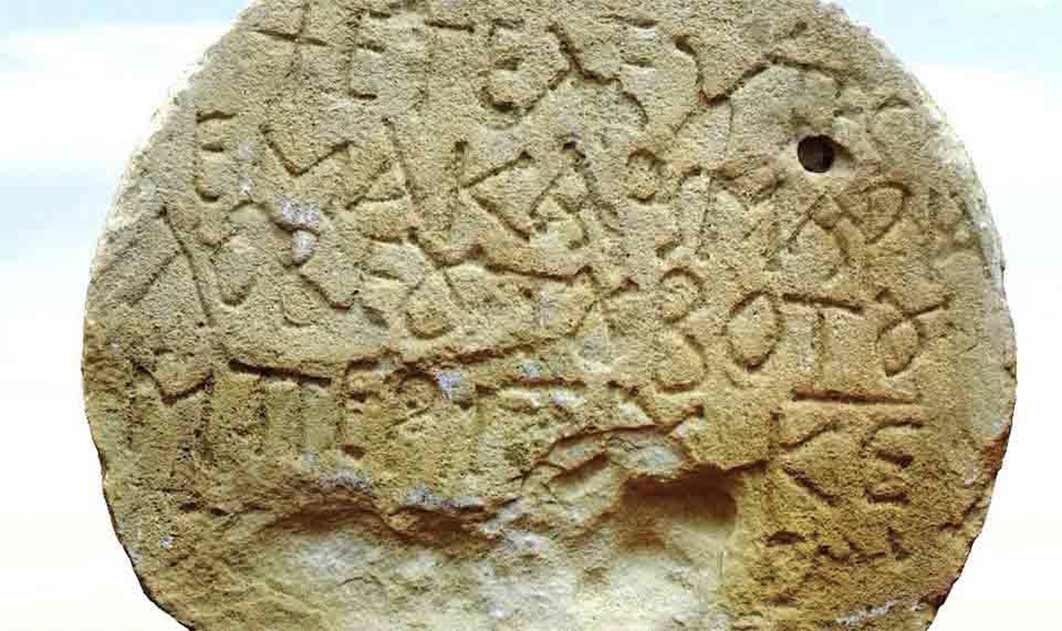
2021 The Year Virtual Archaeology Fights Back
The 2020 lockdowns saw thousands of planned archaeological excavations canceled and postponed and those archaeologists who persisted at their projects faced serious challenges accessing archives, labs, reports and museum artifacts. But humankind is resilient and none more so than ingenious archaeologists, as 2021 has seen an array of amazing discoveries from mapping monuments in Erbil in Iraq to unearthing a female statue in Hidalgo Amajac, Álamo in Mexico; from finding a stash of gold in Újlengyel in Hungary to discovering a new passage from the Book of the Dead in Saqqara in Egypt, and from a deciphering symbols on a bone fragment found in Ramle in Israel to discovering shipwrecks of Kasos island, Greece, and that is just for January.
Even though the distribution of vaccines is appearing to be highly-effective against the spread of COVID-19, the days of large archaeological conferences in airport hotels, stretching over two or three days, have most probably ended as the pandemic has demonstrated the feasibility and benefits of virtual archaeology. Not only are virtual conferences cheaper but they appeal to a far wider audience. (Don’t miss out on the Ancient Origins Ancient Hi-Tech Uncovered April 2021 conference).
Adapting to lockdowns, many institutions have begun partially virtual excavations, an example of which is the current surveying at Erbil in Iraq. This mapping project was hindered when the 2020 lockdowns stopped foreign researchers from flying into Iraq, so they employed a small local team from the Erbil region who conducted the hands-on fieldwork while the scientists guided them, virtually. This innovative method of excavation not only cuts out the risks of contracting COVID-19, but it also eliminates the rising costs of accommodation, food and airfares.

Some of the monuments being partially virtually mapped at Erbil. Clockwise, from top: Downtown, Mudhafaria Minaret, Statue of Ibn al-Mustawfi, Citadel of Erbil. ( CC BY-SA 4.0)
The COVID-19 pandemic, and the resulting economic downturn, have not only slowed down planned excavations but they have directly threatened the viability of many famous archaeological sites, but with vaccines slowly gaining pace, so too are the rate of new discoveries as teams of researchers dust off their trowels and get back onto the field.
January 2021
It was always going to be a big year for archaeology when less than 48 hours after the opening of 2021 the Instituto Nacional de Antropología e Historia (INAH) announced that farmers digging in a citrus grove near Mexico's Gulf coast discovered a two-meter (six-foot) tall statue of a pre-Hispanic female figure. Discovered near the famous archaeological site of Hidalgo Amajac, Álamo, near Veracruz, Mexico, it is believed the female figure represents an elite woman rather than a goddess. It was the woman’s elaborate hairpiece that helped archaeologists identify her as an Aztec social elite and this rare sculpture was dated to having been created between 1450 to 1521 AD.
- Inscribed Byzantine Greek Stone Dedicated To Mary Discovered in Israel
- Ancient Treasures Discovered in Roman Shipwreck at Kasos
- Archaeologists Uncover Mix of Greek, Roman, And Coptic Ruins In Egypt
Besides the Aztec elite woman, archaeological finds are popping up all over the world. The Israel Antiquities Authority recently announced the discovery of a Greek tombstone dating back 1,400 years featuring one of the earliest Greek inscriptions dedicated to the Virgin Mary. The January issue of Live Science wrote about a stash of four 16th-century gold and 7,000 silver coins that were unearthed in Újlengyel, Hungary.

Inscribed Byzantine Greek stone dedicated to the Virgin Mary discovered in Israel. (Israel Antiquities)




